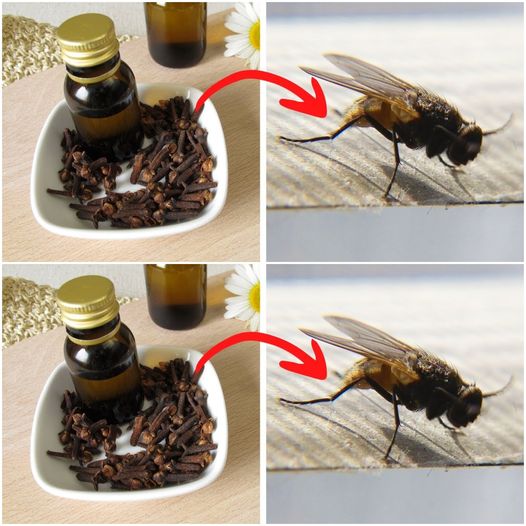In the realm of natural remedies, there exists an unsung hero capable of banishing pesky insects without the need for harsh chemicals or pricey gadgets. Enter cloves – those modest spice buds that not only add flavor to our culinary creations but also wield a powerful punch against flies and mosquitoes. In this comprehensive guide, we’ll delve into the world of cloves and explore various methods to harness their insect-repelling prowess. From citrus-infused clove concoctions to fragrant potpourri mixes, we’ll uncover the secrets to maintaining a pest-free haven while enhancing your living space with delightful aromas. Say goodbye to swatting and hello to a home where bugs fear to tread.
The Mighty Clove: Nature’s Exterminant
Cloves stand as a testament to nature’s ingenuity, possessing natural compounds that repel flies and mosquitoes with remarkable efficiency. Unlike their chemical counterparts, cloves offer a non-toxic alternative that’s safe for households with children, pets, or anyone sensitive to harsh pesticides. Let’s explore the multifaceted ways in which cloves can transform your living environment into a bug-free sanctuary.
Methods for Repelling Mosquitoes and Flies using Cloves:
Citrus-Infused Clove Concoctions: Harness the combined power of citrus fruits and cloves by slicing open a lemon, lime, or orange and inserting whole cloves into the flesh. Scatter these clove-studded fruits strategically around your home, focusing on entry points where insects are most likely to infiltrate. Not only do these citrus-infused creations deter bugs, but they also emit a refreshing aroma that invigorates your living space.
Fragrant Potpourri Mixes: Combine dried cloves with cinnamon sticks, dried citrus peels, and lavender buds to create a fragrant potpourri mix that doubles as a potent insect repellent. Place these aromatic blends in decorative bowls or sachets and distribute them throughout your home. Whether displayed on countertops or nestled in closets, these concoctions serve as both a visual delight and a formidable barrier against unwanted pests.
Clove Sachets: Craft homemade sachets by bundling whole cloves in small pieces of muslin or cheesecloth. Hang these sachets in closets, near windows, or even outdoors to deter flies and mosquitoes from encroaching on your domain. With their subtle yet effective presence, these clove sachets ensure that insects think twice before venturing into your personal space.
The Positive Aspects of Cloves as an Exterminant:
In addition to their insect-repelling properties, cloves offer a host of benefits that make them an indispensable tool for maintaining a bug-free environment.
Non-Toxic and Safe: Unlike chemical pesticides that pose risks to health and the environment, cloves provide a safe and non-toxic alternative for pest control. Whether you have curious pets or young children exploring their surroundings, you can rest easy knowing that cloves pose no harm to your loved ones.
Cost-Effective: Cloves are readily available at spice shops and grocery stores, making them a cost-effective solution for long-term pest management. With just a small investment, you can enjoy weeks of protection against flies and mosquitoes without breaking the bank.
Long-Term Protection: Once deployed, cloves continue to repel insects for weeks on end, providing sustained protection against unwanted pests. Whether you’re hosting a backyard barbecue or enjoying a quiet evening indoors, cloves ensure that bugs remain at bay, allowing you to savor every moment without interruption.
Conclusion:
In conclusion, cloves emerge as a versatile and effective solution for keeping mosquitoes and flies at bay. From citrus-infused concoctions to fragrant potpourri mixes, the possibilities for harnessing the power of cloves are endless. By embracing this natural alternative, you can create a bug-free haven that’s both safe and inviting for all who enter. So why tolerate annoying bugs any longer? With cloves as your ally, you can bid farewell to swatting and usher in a new era of tranquility and peace within your home.
image source : Barbara O’Neill Lectures










